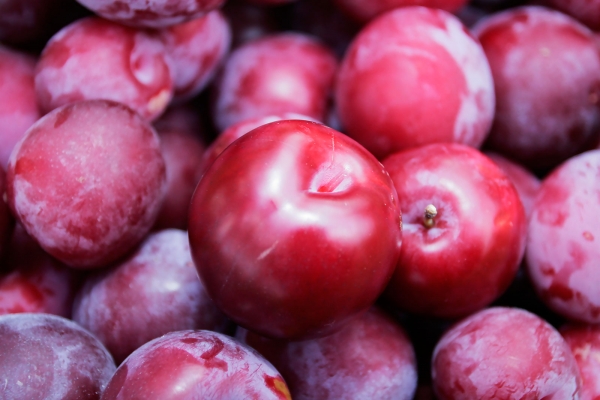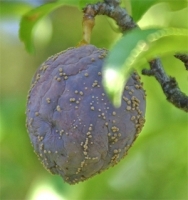General Information
Plum also known as “Aalubukhara”, require minimum care compared to almost all fruits plants. Plum is major source of Vitamin A, B, (Thiamine), riboflavin along with nutrients such as calcium, phosphorus as well as iron. The properly merged acidity with sugar is beneficial in the processing of jams as well as squashes. The dry plums are best known prunes. The prunes possess excellent Ayurvedic properties. It helps to absorb iron in body and thus help in blood circulation. Liquid made from the prunes is beneficial in treating jaundice as well as summer bite. Plum reduced chance of heart attacked.
In India, Hills of H.P, Jammu and Kashmir, Uttarakhand and Uttar Pradesh are major plum growing areas.











.jpg)

